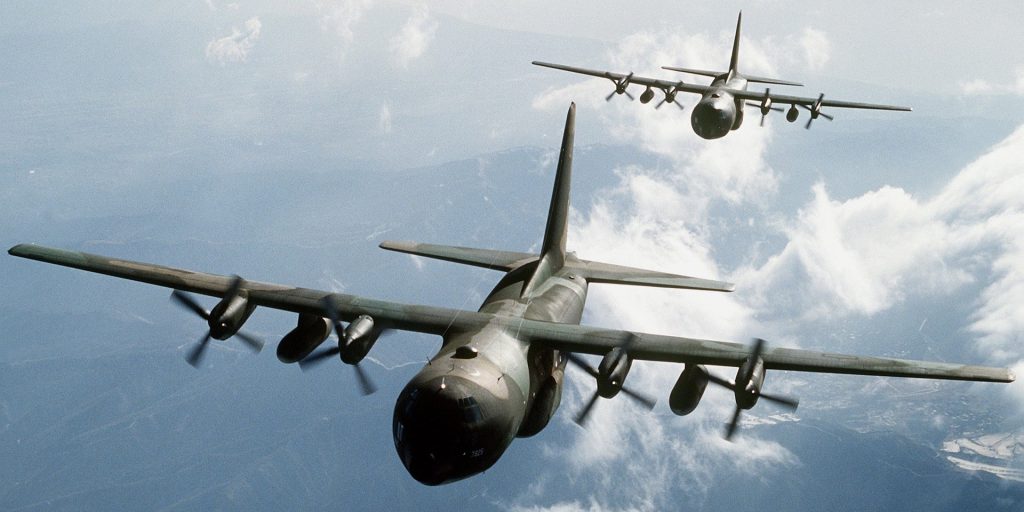Russia’s aging but powerful Tu-95MS “Bears” are once again in action.
Others are reading now
On the morning of August 26, the Ukrainian Air Force reported increased activity from Russian Tu-95MS bombers, often called “Bears.”
According to WP Tech, these bombers are known for their long range and heavy payload capacity. They were involved in a large-scale missile attack targeting at least ten regions of Ukraine, including the Lviv region, which borders Poland.
The Ukrainian Air Force observed 11 Tu-95MS aircraft in Russian airspace participating in the strikes. Despite being in service for over 70 years, these bombers still pose a significant threat.
Also read
The Tu-95MS, with its NATO codename “Bear,” is one of the world’s oldest operational strategic bombers.
It has a range of about 12,000 kilometers, allowing it to carry out missions over long distances. Powered by four NK-12 turboprop engines, these bombers can reach speeds over 800 km/h and carry up to 20 tons of weapons.
These bombers can carry a variety of weapons, including Kh-55 and Kh-101 cruise missiles, as well as conventional and nuclear bombs. The Kh-55 missiles can reach targets up to 3,000 kilometers away, while the newer Kh-101 missiles have advanced guidance systems.
Russia often uses Tu-95MS bombers to display its military power and as a strategic deterrent.
These aircraft are frequently seen during military exercises, patrols near foreign borders, and in combat operations. In recent years, they have been used in airstrikes in Syria and have played a key role in the ongoing conflict in Ukraine, serving as a powerful tool in Russia’s military strategy.


